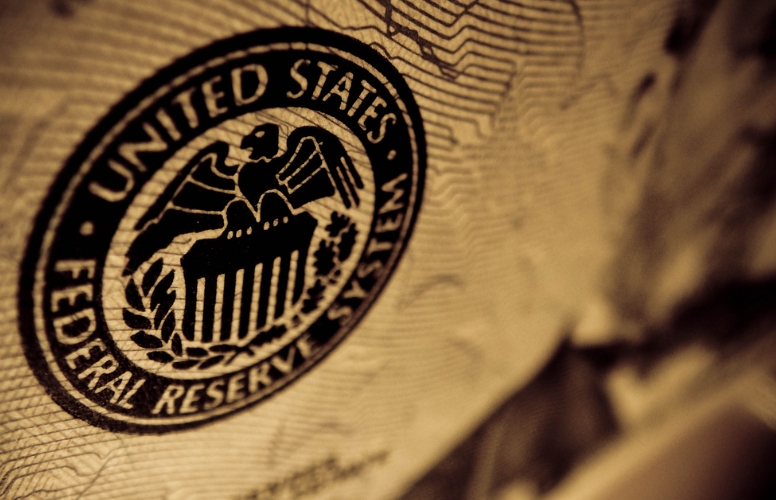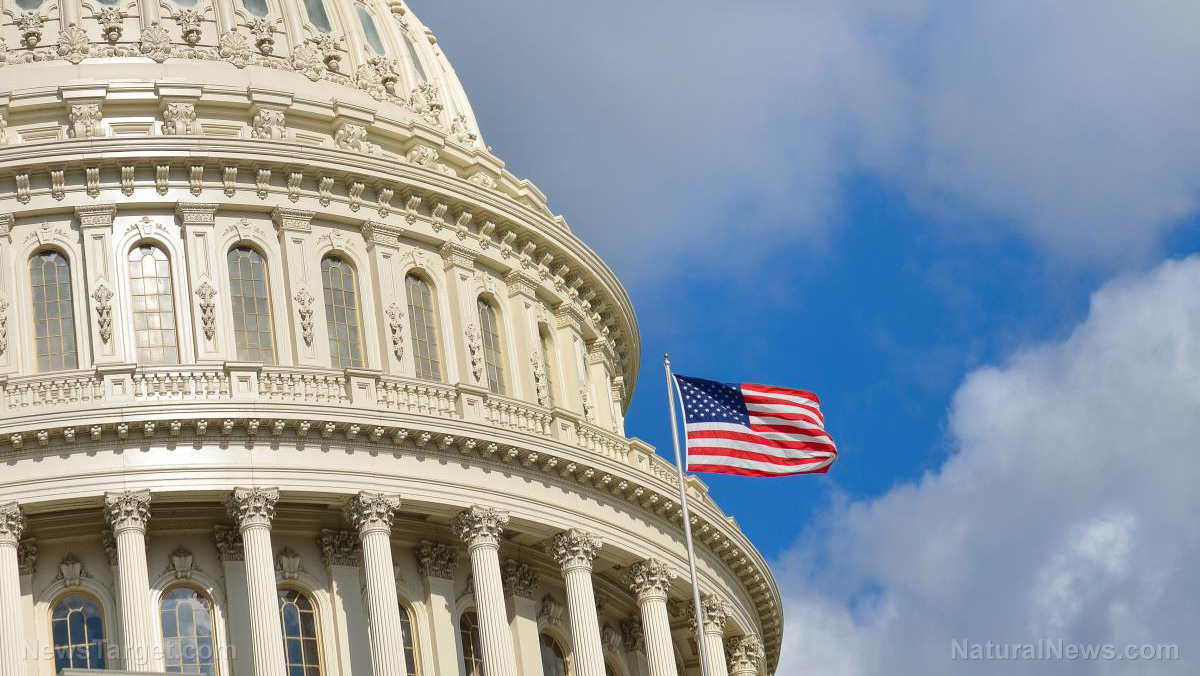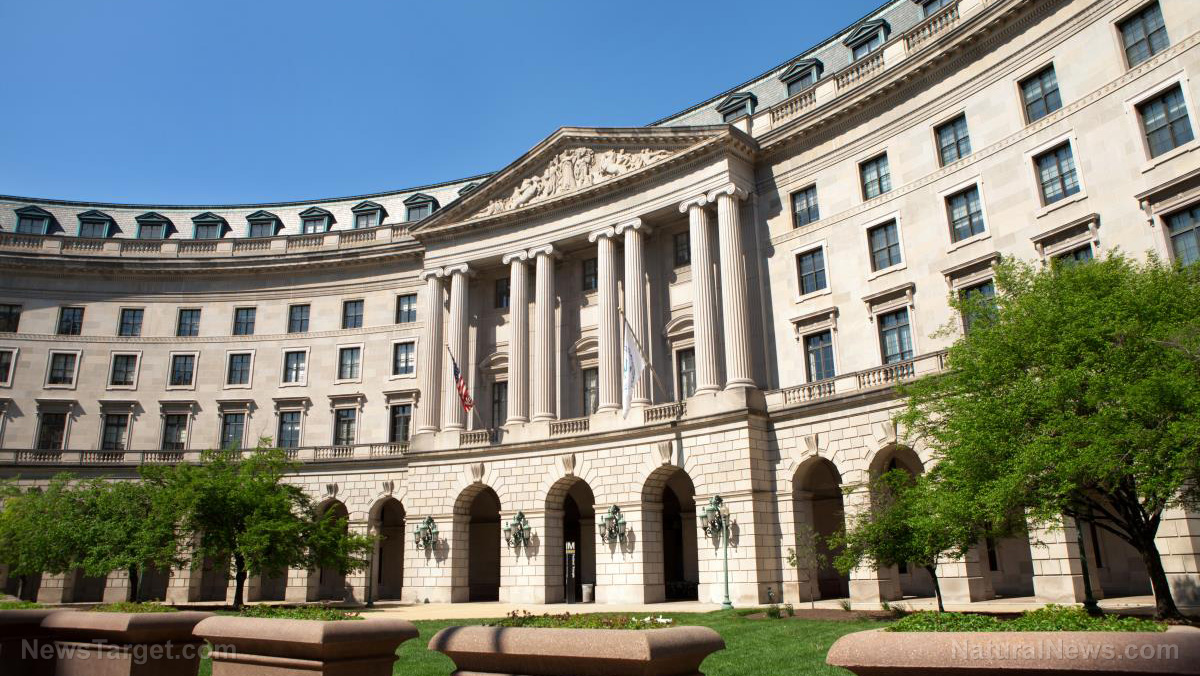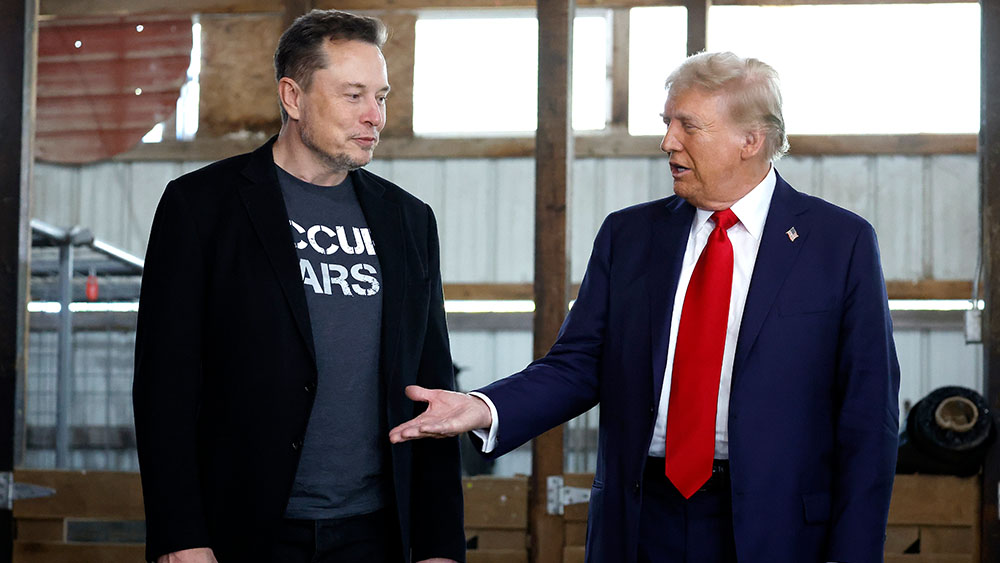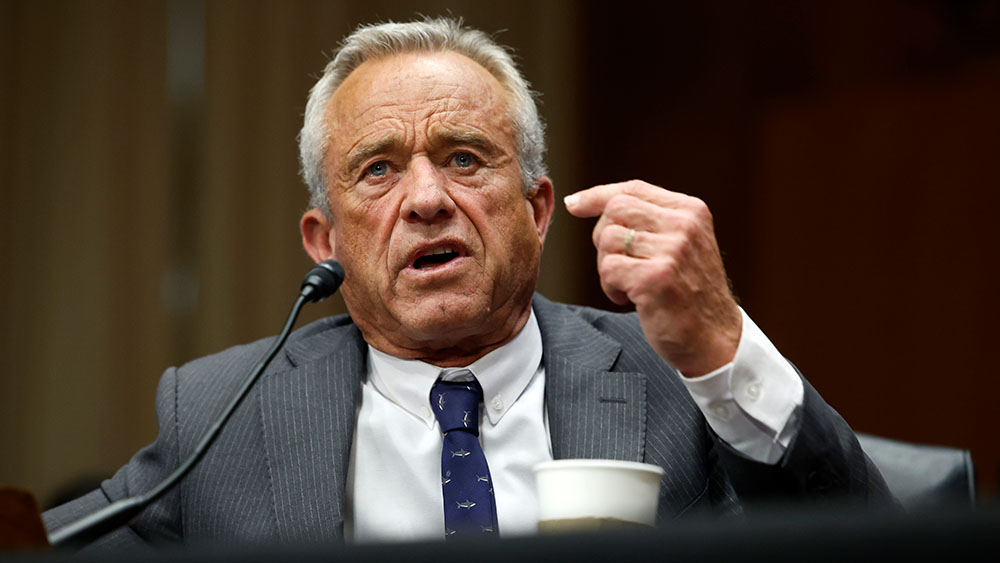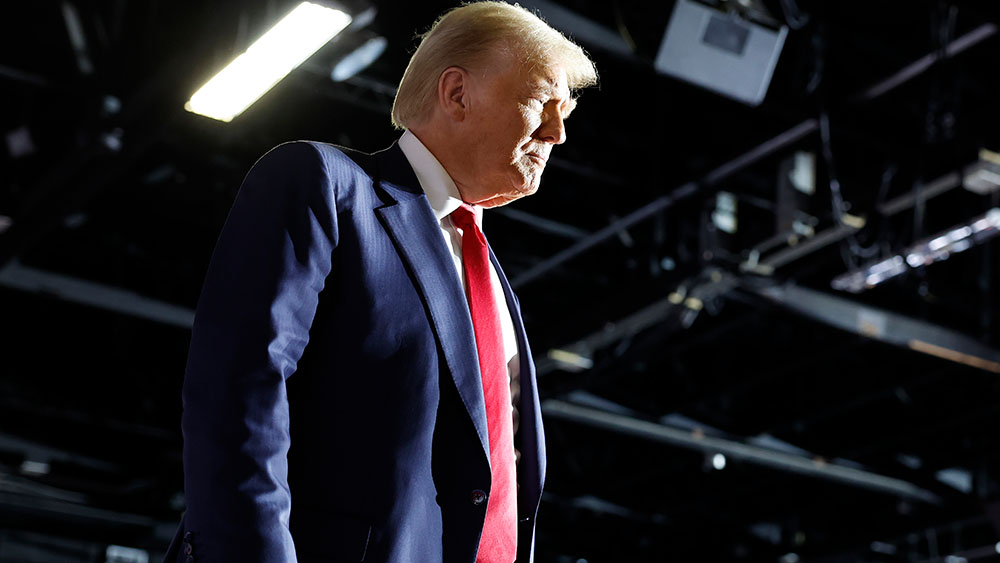How endless money printing hyperinflated and collapsed Yugoslavia’s dinar
01/20/2025 / By Arsenio Toledo
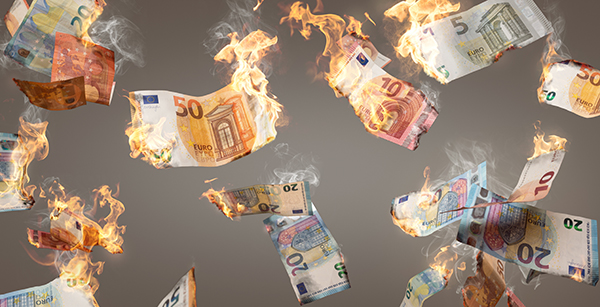
- At the end of its life, Yugoslavia experienced one of the worst hyperinflation crises in modern history.
- In the late 1980s, a 5,000 Yugoslav dinar banknote featuring Josip Broz Tito symbolized stability, but by the 1990s, hyperinflation rendered the currency virtually worthless.
- The crumbling Yugoslav government of Slobodan Milosevic turned to endless money printing to fund its military campaigns, causing inflation to peak at 313 million percent per month in 1994.
- The government, led by Slobodan Milosevic, printed money to fund military campaigns, causing inflation to peak at 313 million percent per month by 1994.
- Hyperinflation devastated daily life, with prices doubling every 34 hours, savings evaporating and citizens resorting to bartering or foreign currencies.
In the late 1980s, a 5,000 Yugoslav dinar banknote featuring Josip Broz Tito, the nation’s former long-time leader and national figure, became a symbol of stability in a country teetering on the brink of collapse – just a decade later this banknote would be virtually worthless.
By 1994, Yugoslavia would be suffering in the middle of awful currency chaos, with banknotes bearing trillions of dinars and inflation rates soaring to a peak of 313 million percent per month.
The story of Yugoslavia’s hyperinflation is not just a tale of economic mismanagement but a cautionary narrative of political instability, war and the devastating consequences of unchecked monetary policy.
The roots of Yugoslavia’s economic collapse can be traced to the late 1980s and early 1990s when the country was beginning to fracture along ethnic lines.
Following the death of Tito after nearly three decades of rule, the once-unified multiethnic and multicultural socialist state began to unravel.
By 1992, four of the six federal units in Yugoslavia had declared independence and the remaining two republics – Serbia and Montenegro – united to form the Federal Republic of Yugoslavia.
This new entity inherited a crumbling economy, exacerbated by international sanctions imposed in 1992 for Serbia’s role in the Balkan Wars. The sanctions severed Yugoslavia from global markets, crippling its ability to import essential goods or export its products. (Related: Putin condemns NATO’s 1999 illegal bombing of Yugoslavia on 25th anniversary of attacks.)
The economic crisis deepened as the government, led by Serbian President Slobodan Milosevic, resorted to printing money to finance its military campaigns and maintain its bloated bureaucracy.
By 1993, Yugoslavia’s central bank was issuing banknotes with denominations in the billions and trillions of dinars.
The impact on everyday life was catastrophic. Prices doubled every 34 hours, rendering the dinar nearly worthless. A 500-billion dinar note, introduced in late 1993, could not even buy a single German mark on the black market. People resorted to bartering or using foreign currencies like the German mark to conduct transactions.
“The money was so quickly devalued that it came to absurd situations,” recalled one economist. “A kilogram of beef cost 70 million dinars, and a laundry bag cost 67 million dinars.”
Yugoslavia’s hyperinflation crisis exposed the fragility of its banks
The hyperinflation also exposed the fragility of Yugoslavia’s banking system. Banks, unable to function in such an environment, turned to speculative trading and real estate investments to survive. Meanwhile, ordinary citizens saw their savings evaporate overnight. Pensioners, paid in dinars, found their monthly checks worthless within hours of receiving them.
“People couldn’t afford to buy food in the free market,” said a former government adviser. “They relied on state rations or help from relatives in the countryside.”
The crisis finally ended in January 1994, when economist Dragoslav Avramovic implemented a stabilization program that included a currency reform. The new dinar was introduced, with one unit replacing one billion old dinars. The reform, coupled with strict fiscal measures, brought inflation under control, but the damage to Yugoslavia’s economy and society was irreversible.
Historically, Yugoslavia’s hyperinflation serves as a stark reminder of the dangers of political instability and unchecked monetary expansion. It underscores how economic policies, when divorced from production and fiscal discipline, can lead to catastrophic outcomes. The banknotes from this era, now collectors’ items, are more than just pieces of paper – they are relics of a time when a nation’s currency became a symbol of its disintegration.
Watch this short report from Firstpost discussing how the North Atlantic Treaty Organization helped destroy Yugoslavia.
This video is from the channel Contrarian on Brighteon.com.
More related stories:
Economist warns dollar purchasing power nosediving to nearly zero as U.S. enters HYPERINFLATION ERA.
Financial preparedness: 13 Ways to prepare for hyperinflation.
Sources include:
CenterProde.com [PDF]
Submit a correction >>
Tagged Under:
big government, Collapse, currency crash, currency reset, economic collapse, economic riot, finance riot, financial crash, history, hyperinflation, Inflation, Money Printing, money supply, Serbia, Slobodan Milosevic, Yugoslav dinar, Yugoslavia
This article may contain statements that reflect the opinion of the author
RECENT NEWS & ARTICLES
COPYRIGHT © 2017 COLLAPSE.NEWS
All content posted on this site is protected under Free Speech. Collapse.news is not responsible for content written by contributing authors. The information on this site is provided for educational and entertainment purposes only. It is not intended as a substitute for professional advice of any kind. Collapse.news assumes no responsibility for the use or misuse of this material. All trademarks, registered trademarks and service marks mentioned on this site are the property of their respective owners.

